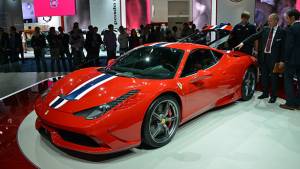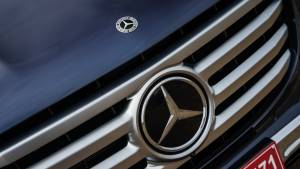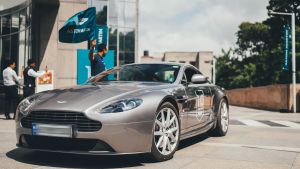What powers the world's most powerful cars?
There's no doubt that we are currently in the golden-age of the hypercar. Nurburging lap records are can't be broken quickly enough, and the 500 kmph top speed milestone seems to be inching ever so closer. Detractors might say that this has diluted some of the passion that comes with these machines but what isn't in any doubt is the technological brilliance that cars like this bring to the fore.
Even more interesting is that given how fast electric-vehicle tech has progressed, makers of these hypercars are no longer limited by internal combustion engines. They've been able to harness electric power in way never thought possible, and in certain cases managed to find the perfect balance between internal combustion and electric power.
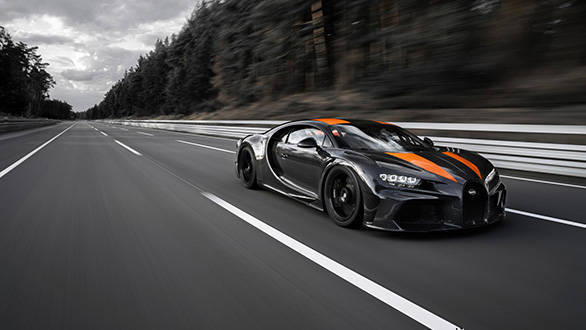
Bugatti Chiron Super Sport 300+
The arrival of the Veyron was the starting point of this era of hypercars, Ferdinand Piech's vision of the ultimate car set the ball rolling for other to follow, a mantle carried on by the Chiron. With its Super Sport 300+ iteration, Bugatti has made a production version of the specially prepared Chiron that became the first car in the world to cross the 300 mph mark when Andy Wallace reached 304.773mph or 490.484kmph at the Volkswagen Group's Ehra-Lessien test track in Germany last year.
Most of the changes to this 30-unit limited edition have been to its aerodynamics and bodywork. The most distinctive of these is the longer rear end which keeps air flowing over the car for longer and reduces lift. But what remains is the Bugatti centrepiece, the 8.0-litre quad-turbo W16 whose power has been upped by 100PS to 1,600PS, letting the Bugatti get from 0 to 100 kmph in 2.4s. This motor is probably the swansong of the internal-combustion engine. There may be other engines with more tech in them, but this engine was purely for the numbers.
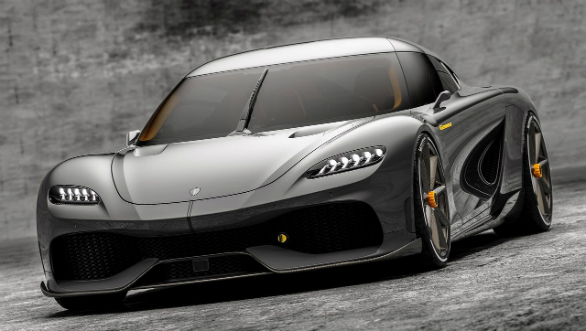
Koenigsegg Gemera
One carmaker that has always challenged and many times one-upped Bugatti's stature as the maker of the ultimate cars has been Koenigsegg. A Swedish car-maker that is relatively new to this game, having begun in 1994, the company has built a reputation based entirely on its innovation and engineering brilliance. The latest example of this is the Gemera.
The Gemera is unique as being the world's first mega-GT and also the fastest four-seater ever made. Even more notable is the four-door car's hybrid powertrain. The centrepiece of this is the 'Tiny Friendly Giant' 2.0-litre three-cylinder which the company claims to be the most powerful engine per cylinder and volume. It makes 600PS and 600Nm. The Freevalve technology, which allows for independent control over the inlet and exhaust valves play a major part in this. The valves are AI controlled and allows full control of the combustion cycle, maximizing performance and efficiency.
This motor pairs with three electric motors, one for each rear wheel with 500PS and 1000 Nm each and one E-motor on the crankshaft with 400PS and 500 Nm to power the front wheels. The combined output for the system is 1,700PS and 3,500 Nm. This lets it get from 0 to 100 kmph in 1.9s and to onto over 400 kmph.
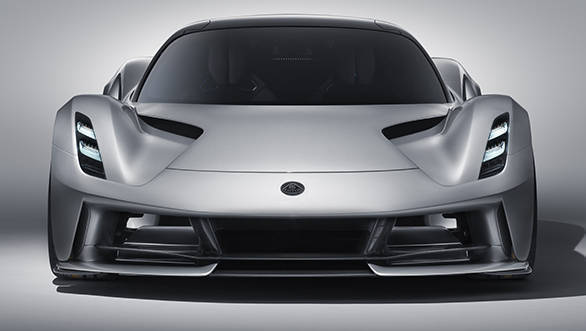
Lotus Evija
The Lotus brand is legendary for its focus on weight-saving and aerodynamic prowess. The Lotus Evija is meant to be an utlimate expression of these qualities. The first British EV hypercar, as Lotus calls it, and the most powerful production car in the world. It makes 2,000PS, can get from 0 to 100 kmph in under 3s and do more than 320 kmph.
In keeping with the brand's philosophy, the Evija battery pack in mid-mounted within a carbon fibre monocoque, that makes it the world's lightest production EV hypercar at 1,680kg. Power is fed from the 2,000 kW battery pack to four independently controlled high-power density e-motors. These make 500PS each, and are packaged along with an invertor and gearbox at each wheel. This allows for torque-vectoring capabilities. Lotus also claims that its aerodynamic package and cooling systems don't allow performance to dip.
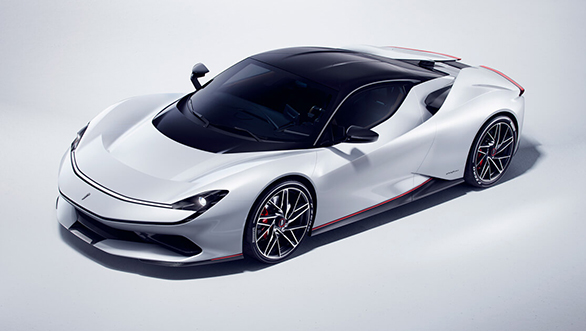
Pininfarina Battista
At the other end of the EV hypercar spectrum is the Pininfarina Battista. The numbers are very similar to that of the Lotus, but where the Evija positions itself as a hypercar for the road and track, the Battista claims to be a luxury hyper GT. The focus is more of comfort, style and long distance cruising ability.
The Battista uses a four motor set-up like most EV hyper cars, it can do a sub-two second 0 to 100 kmph sprint, and makes 1,900 hp and 2,300 Nm. The 120 kWh battery allows for a 450 km range.
